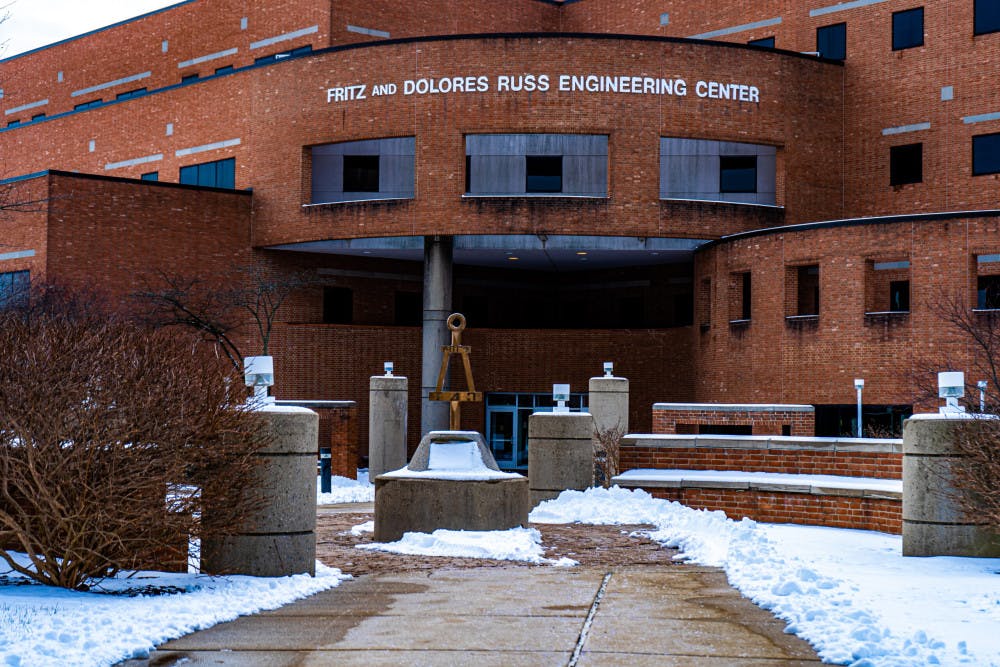Campus in Winter | The Wright State Guardian
With recent winter weather causing single-digit temperatures and extreme wind chills, here are some winter safety tips that college students should know to stay warm and safe.
Dorm room / indoor safety
Space heater usage
According to University Policy 13370.01, students should limit the use of space heaters to extreme conditions and must follow the guidelines outlined in the policy. Space heaters must have a “tip over” or “emergency shut off” switch and be clearly level on a flat surface away from papers or other flammable materials, like bedding or clothes.
The Center for Disease Control recommends never using extension cords when using a space heater and never placing one on top of a piece of furniture.
Conserving heat

Keeping windows closed is one way to keep a room warm, and so is closing unnecessarily opened doors within the unit itself, according to the CDC. You can place towels or blankets under cracks in doors or in drafty windows to prevent cold air from displacing through the dorm.
Outdoor safety
When outside for a prolonged period of time, you can suffer from frostbite or hypothermia. The National Weather Service recommends wearing layers of lightweight yet warm clothing. Covering the extremities, including the ears, nose, mouth and hands, is important when outside in such cold conditions.
The Weather Services also explains that mittens that are snug at the wrist work better than gloves. For more information, read the NWS safety tip sheet.
The CDC recommends inner, insulation and outer layers during frigid temperatures. Threads of Miami Valley provides clothing outreach to those who need hats, mittens or other clothing in the Dayton area.
Car safety
As a commuter school, it is important to recognize the importance of maintaining and ensuring car safety. The National Safety Council recommends that drivers “winterize” their vehicles by testing the battery, checking tire pressure, testing windshield wipers and keeping the gas tank at least half full.
Before driving
Before getting on the road, drivers should make sure the car is clean by scraping or brushing off ice or snow on lights, sensors, windshield wipers and all mirrors.
The NSC also recommends that drivers let someone know about their travel plans in hazardous conditions. Drivers should always follow local and national restrictions on driving.
On the road
While driving, drivers should increase following distance in case of sliding due to ice. Accelerating and decelerating slowly both decrease the possibility of a crash. NSC also provides a tip in case a driver starts skidding.
“Steer in the direction of a skid, so when your wheels regain traction, you don’t have to overcorrect to stay in your lane,” the NSC tip sheet reads.
General tips
Limit your time outdoors, and stay off the roads if you can.
When shoveling or walking outside, avoid overexertion.
Wright State University has a heated tunnel system that connects all academic buildings. Click here for a map of the tunnels.
For more information, including more detailed safety tips and symptoms of winter-related illnesses, visit the Ready.gov website.












